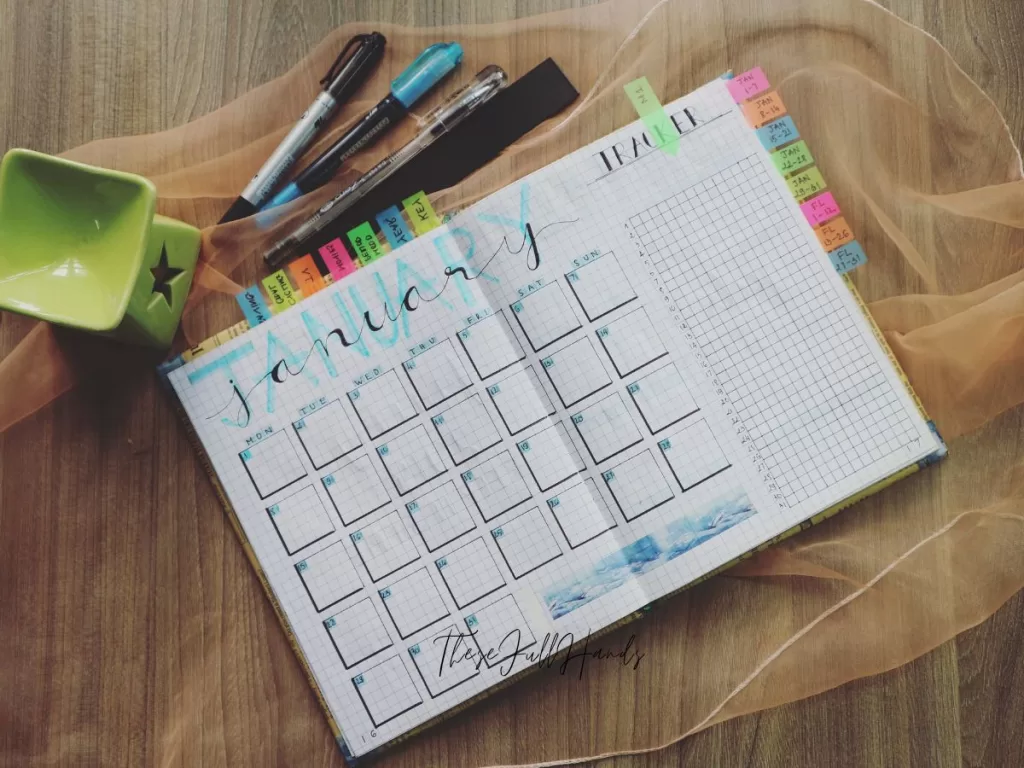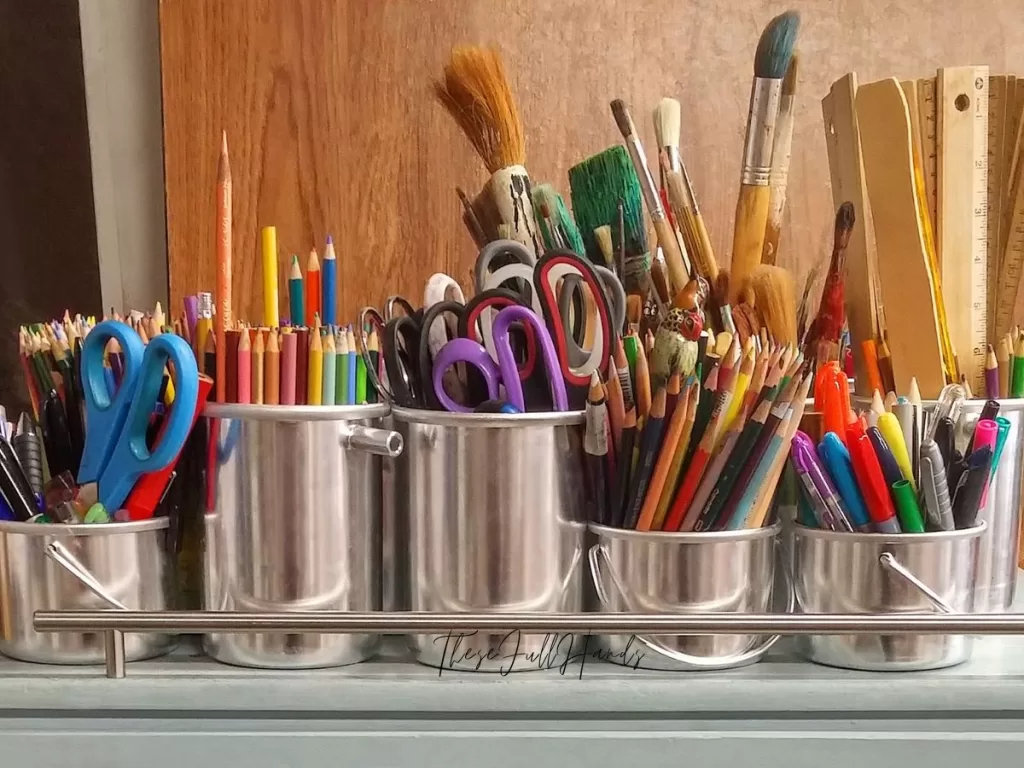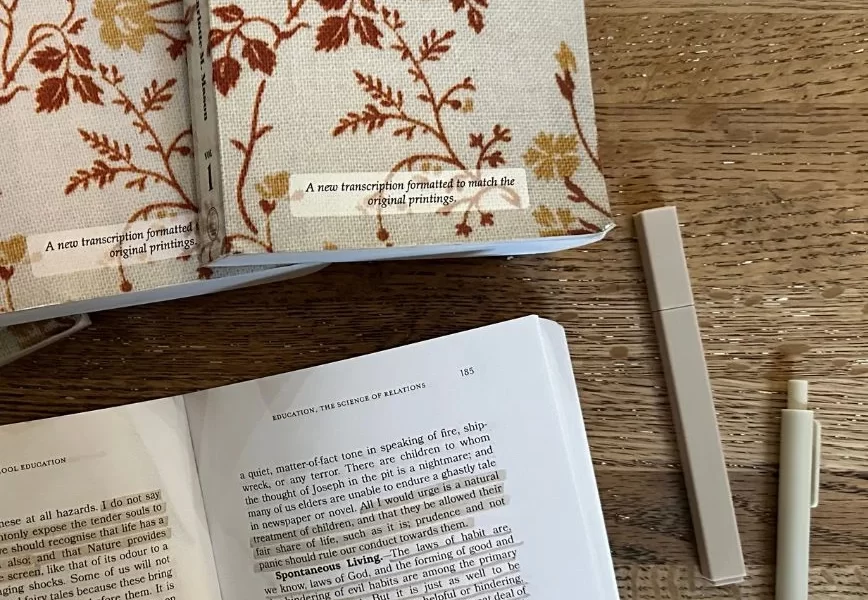From research to prepped lessons, I walk you through how easy it can be to begin your homeschool journey in just 10 easy steps.
As an Amazon Associate I earn from qualifying purchases.
How do you start homeschooling?
- First, you need to research your state requirements.
- Next, write down WHY you want to homeschool.
- Third, decide and understand your own philosophy of education.
- Then, research curriculum that fits your philosophy.
- Next, purchase needed curriculum.
- Gather materials and supplies for coursework.
- After that, determine a yearly schedule, then a weekly schedule.
- Choose a planner and/or recording system.
- Next, plan your first week of lessons and gather all materials.
- Finally, start homeschooling and have fun!
Lets flesh these steps out a little bit more!
1) RESEARCH YOUR STATE REQUIREMENTS
As you begin your homeschool journey it is crucial to know what is expected of you as a home educator by your state. Starting off without knowing these important laws and parameters can put you at risk for some serious consequences. Visit HSLDA or your state’s education website for your state specific laws.

2) WRITE DOWN YOUR “WHY”
Next, it is important to write down why you are homeschooling. This is personal for every family but some of the reasons may include:
- religious conviction
- freedom to travel
- control over education material
- time with children/family
- preferred education style different from traditional school
By writing down your why you are giving yourself something to look back at when there are hard seasons of homeschooling. It will keep you motivated and remind you what is most important to you and your family.

3) UNDERSTAND YOUR EDUCATION PHILOSOPHY AND APPROACH
Part of home educating is deciding how you want to teach and how your child learns. There are some great quizzes that help you determine the type of education you gravitate toward. At minimum it will give you a general direction to head in. As well as some research tools to get you started in purchasing curriculum.
4) BEGIN RESEARCHING CURRICULA
Now that you have an idea about the style or philosophy of education you hold you can narrow down some curricula to research or review. If you don’t have a physical store like Mardel that you can walk into and browse books, I recommend searching for a few reviews on YouTube. Tread carefully because for every review that loves a certain curriculum there are equally the same amount sharing why they left it.
Remember your “why” that you wrote down? This might be the first time you pull it back out to look at it. You can quickly feel overwhelmed by all the choices we have as homeschoolers today. Another great resource for curriculum reviews is Cathy Duffy’s website. She has a ton of information to help you sort through some of your selections.

5) CHOOSE CURRICULUM AND MAKE PURCHASES
This is when things begin to feel real!
If you are still struggling to commit to one particular curriculum, take a deep breath. This can be an expensive investment. Especially when you are homeschooling multiple children. Maybe you can start with borrowing some curriculum from another homeschool family in your church or community. There are so many great Facebook groups of homeschool families that you could connect with.
If that doesn’t work, start looking in used curriculum stores or online groups. Places like ThriftBooks.com are wonderful for getting used material. Most bigger cities have at least one used curriculum store that you can shop from. Often times you can call them with book titles and they can tell you over the phone if they have something in stock.
Once you have exhausted those resources you can turn to new materials for everything else. Something to keep in mind: many homeschool resources retain some value. Just like you are looking for used curriculum to buy, you may be able to sell what you are done using to a new homeschool family and recover some of that initial investment.
Another bonus is when you are homeschooling multiple children and can use that grade’s materials for each kid that ages into it. Other than consumables you will save more money this way.

6) GATHER SUPPLIES AND KEEP IT SIMPLE
Now books are showing up on your doorstep and you are having fun unboxing all the things. Grab your notebook and start exploring the books. Does your science curriculum need a lab kit? That math book may need some manipulatives to help teach the concepts. Do you need notebooks for each of the kids?
Of course there is also the basic school supply shopping. Simple, but very necessary items you will want to have available include:
- scissors
- tape
- pencils
- pens (the erasable ones are wonderful to have)
- colored pencils
- watercolors
- markers
- grid notebooks
- loose-leaf paper
- cardstock
- rulers
- calculator
- watercolor or other art paper
These are just off the top of my head and what I consider necessities. You may want or need more, or less.
7) DETERMINE YOUR YEARLY SCHEDULE AND WEEKLY RHYTHM
All the supplies are in and you have enjoyed looking at all the materials. You are already dreaming of watching your kids explore their books. The next part as you begin your homeschool journey is you need to decide the kind of yearly and weekly rhythm or schedule you want to keep.
This is totally up to you (within any boundaries your state may have set). Some families school year round for increased flexibility. Some use that with a Sabbath rhythm: 6 weeks on followed by 1 week off. Another option is to follow your local school’s schedule. Maybe you have family that you spend a lot of time with and want cousins to be able to enjoy the same breaks. You set the schedule that best serves your family.
This may change throughout the years as well. If something doesn’t work or serve you well, you have the ability to try something different. Just make notes so you have some ideas to work from.
The same goes for a weekly schedule. You can do school 3, 5, 6 days a week. Whatever you choose, as long as you keep it legal for your area.
Take a deep breath, you’re almost done!
8) PICK A PLANNER OR RECORDING SYSTEM
This is another selection process that can quickly get overwhelming as you begin your homeschool journey. I am just keeping it real here. For all the options on curriculum you had you have the same when it comes to planners.
Knowing what you need to record will help give you a place to start. From there it all comes down to preference. I have used a simple spiral notebook to record each day what is done. And I have designed my own planner to be just what I wanted. There are digital planners, BUJO planners, curriculum specific planners, etc.
The same holds true for these as well. They are a tool to SERVE YOU. If it isn’t working you can try something different!
Some mother teachers like to pre-record the lessons they are doing and write out each week or month ahead of time. This can be a great way to see what you need to accomplish. However, when something comes up and derails a day, how are you going to handle moving everything? Something to consider anyway.
Others like to do what is referred to as “planning from behind.” Simply, you are recording what was actually DONE as opposed to writing what you WANT to do. I have used both methods successfully. Sometimes even a hybrid week.

9) PLAN YOUR FIRST WEEK AND SET OUT YOUR MATERIALS
You did it! You have everything ready to begin your homeschooling journey! Let your kids see your excitement, but also, don’t take it personally if they don’t match your excitement. There is an adjustment as you begin this homeschool journey. Whether you are starting with it out of the gate or transitioning out of public school, there is a period of getting to know this new lifestyle.
Remember to keep your relationships first. I tell new homeschoolers to give themselves about two years before making any big assessments on the success of their homeschooling. It takes about the first year just to find your feet and explore what it is to be a homeschooling family. The second year you begin with a little more confidence and are able to work out some kinks and rough spots. From there it is just growing and adapting together.

10) HAVE FUN AND WALK IN GRACE
Remember that this is a lifestyle. You are not expected to, nor should you, try to recreate “school at home.” Make a study of your children. Learn what helps them learn. Give them tools to help navigate this new lifestyle.
Dance parties are great for when bad moods seem to be hanging around. Or better yet, an impromptu ice cream run! You are not a slave to the curriculum or the schedule that you set.
Use guidelines to help you on your general trajectory, but remember your kids are individual image bearers of God. They are not standard children meant for others’ standards. Help them to succeed in what God has for them.
And along those lines, remember that you are raising Kingdom kids. No matter how well they do math, writing, or read, teach them to know Christ. Homeschooling doesn’t bring about salvation in our children. Only God does that through the Holy Spirit and power of Christ crucified. However, homeschooling does give you more opportunity to help your child build a biblical worldview, learn scripture and how to apply it to life, and learn what it is to live a Christian life.
Enjoy this journey momma. Its worth it.




Leave a Reply